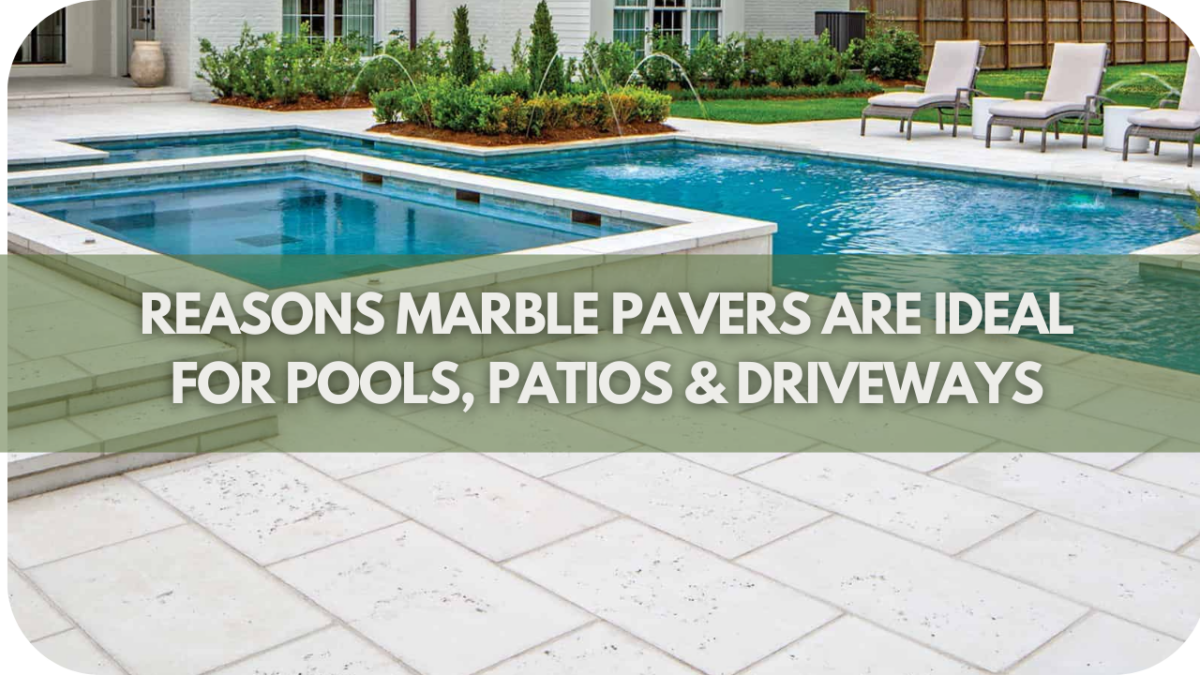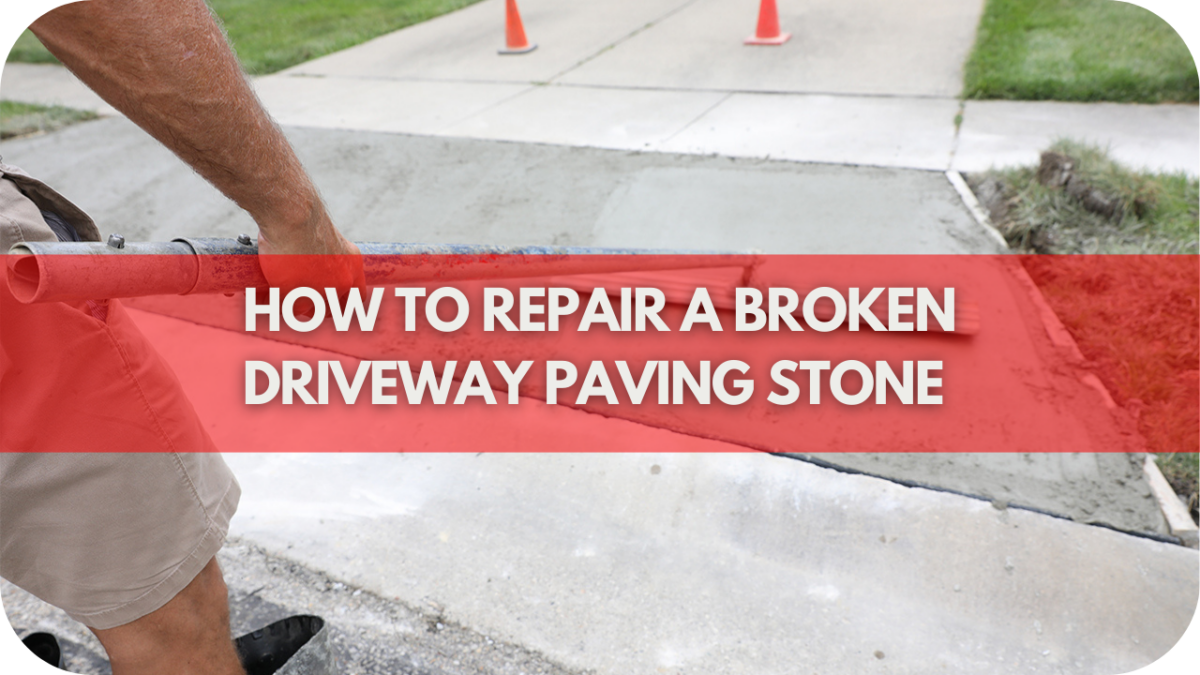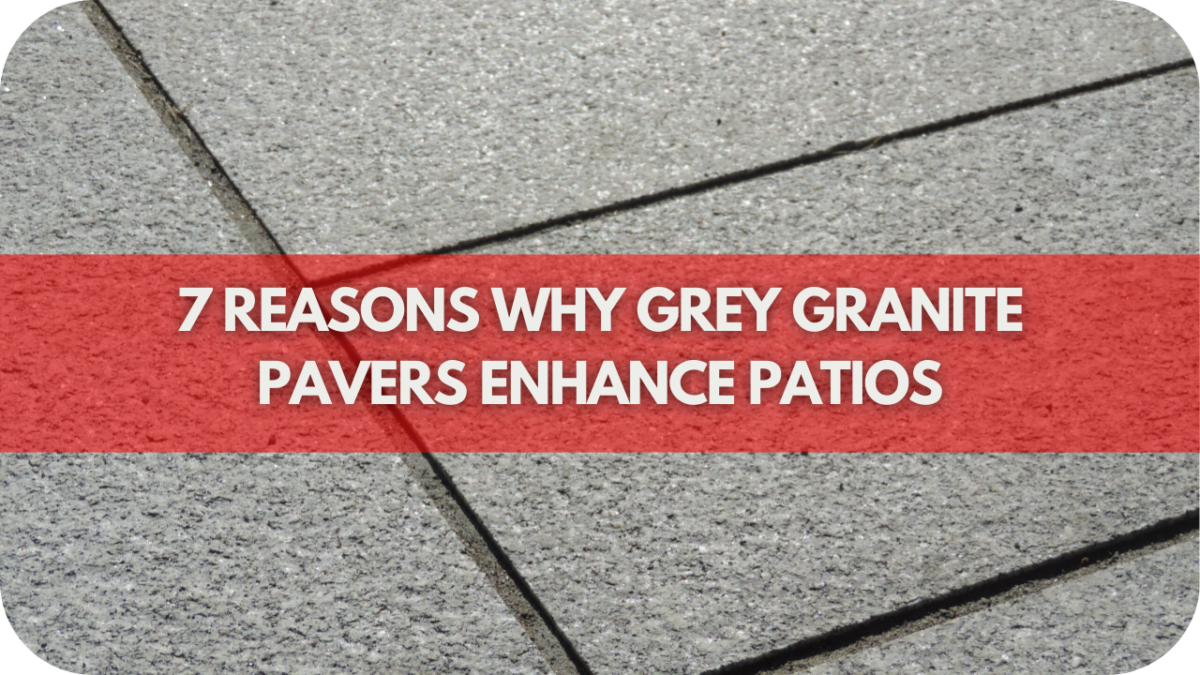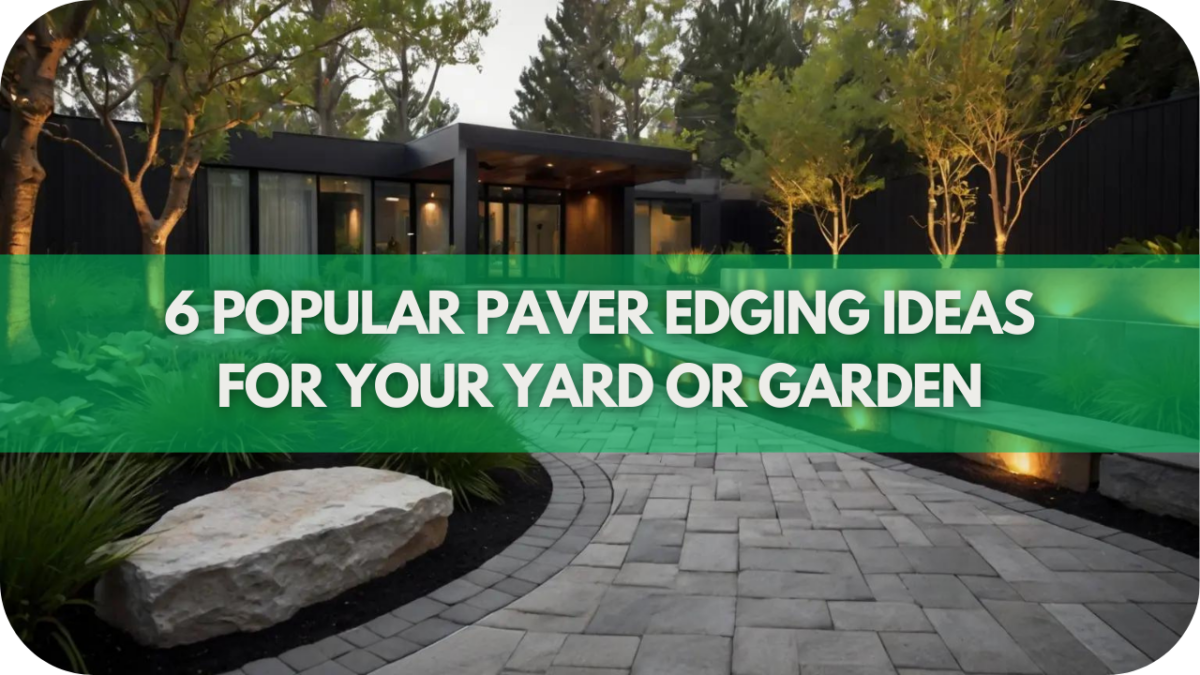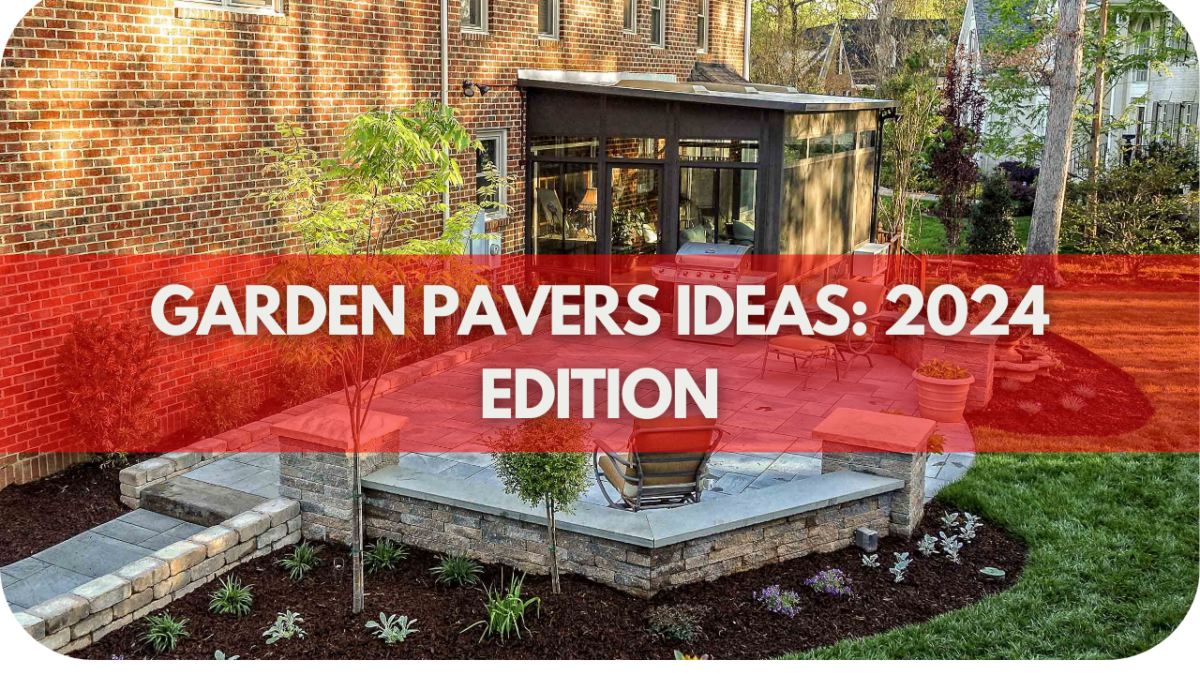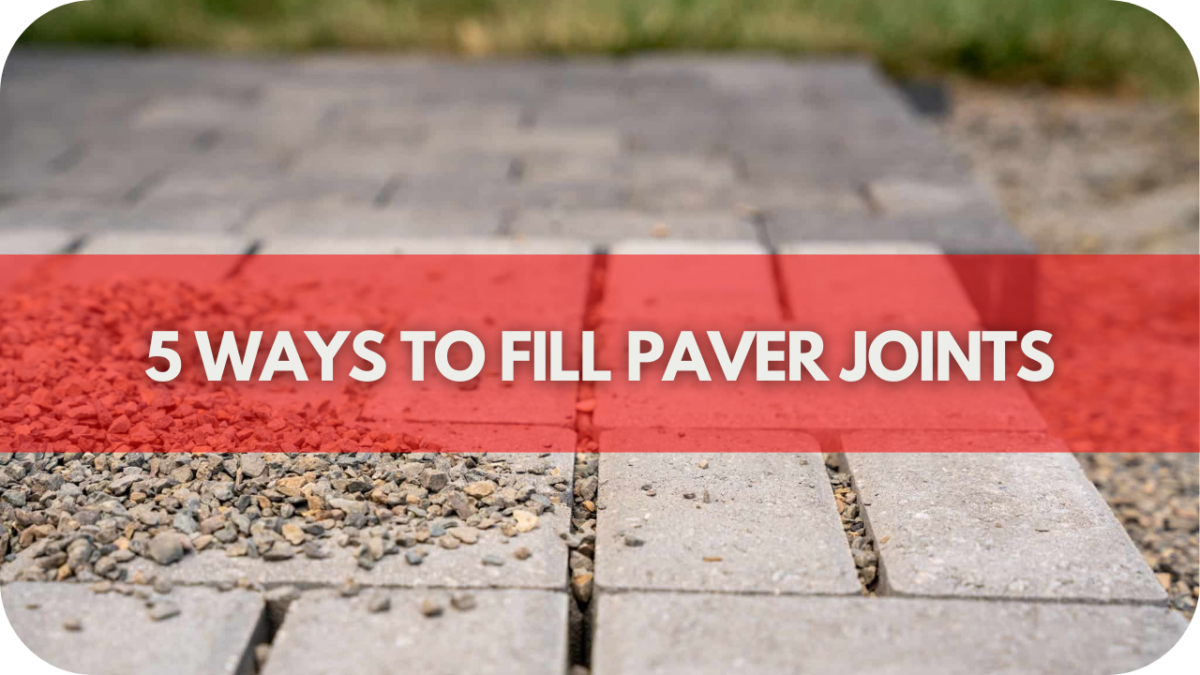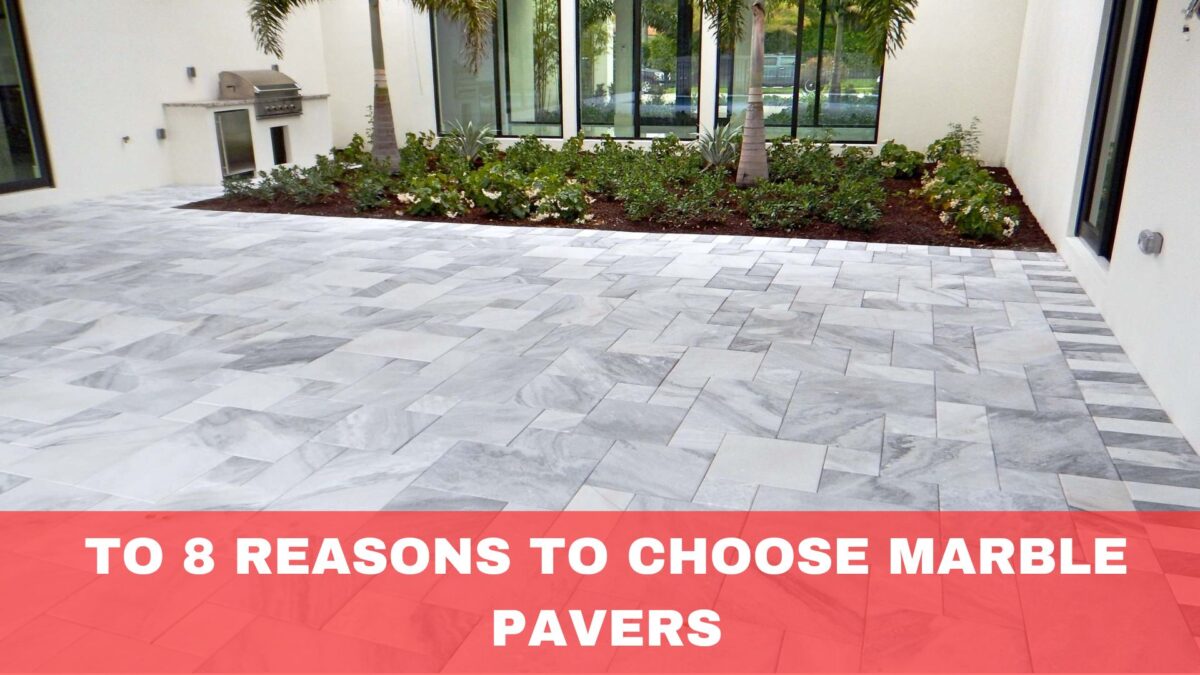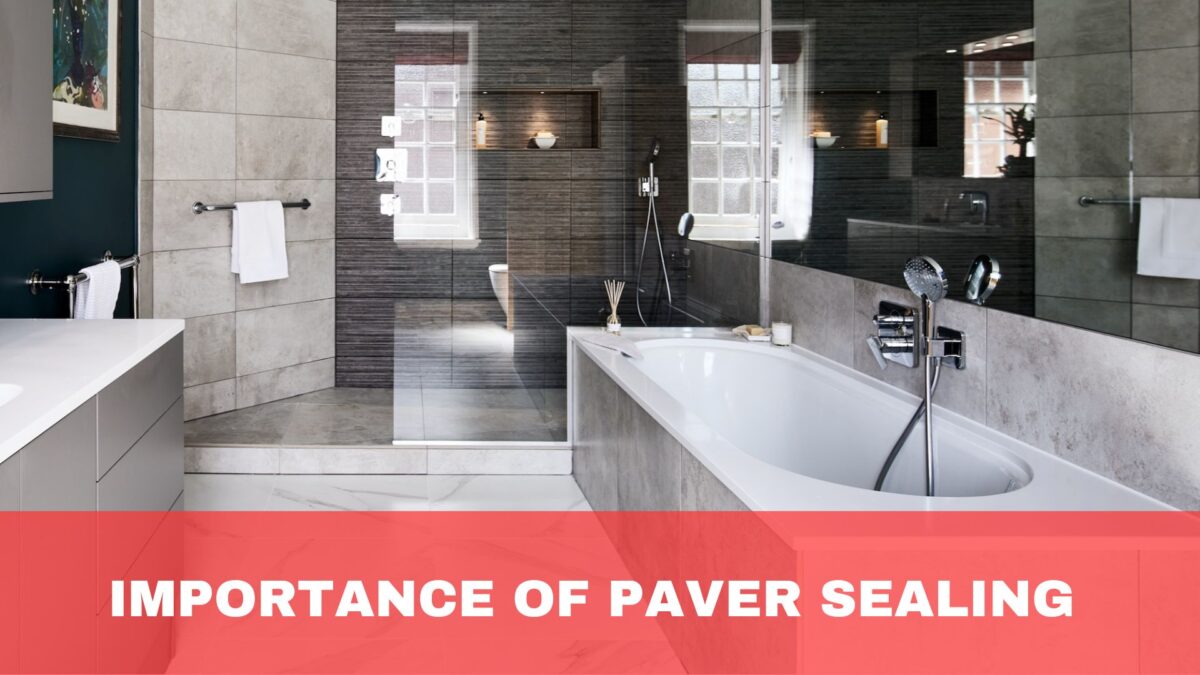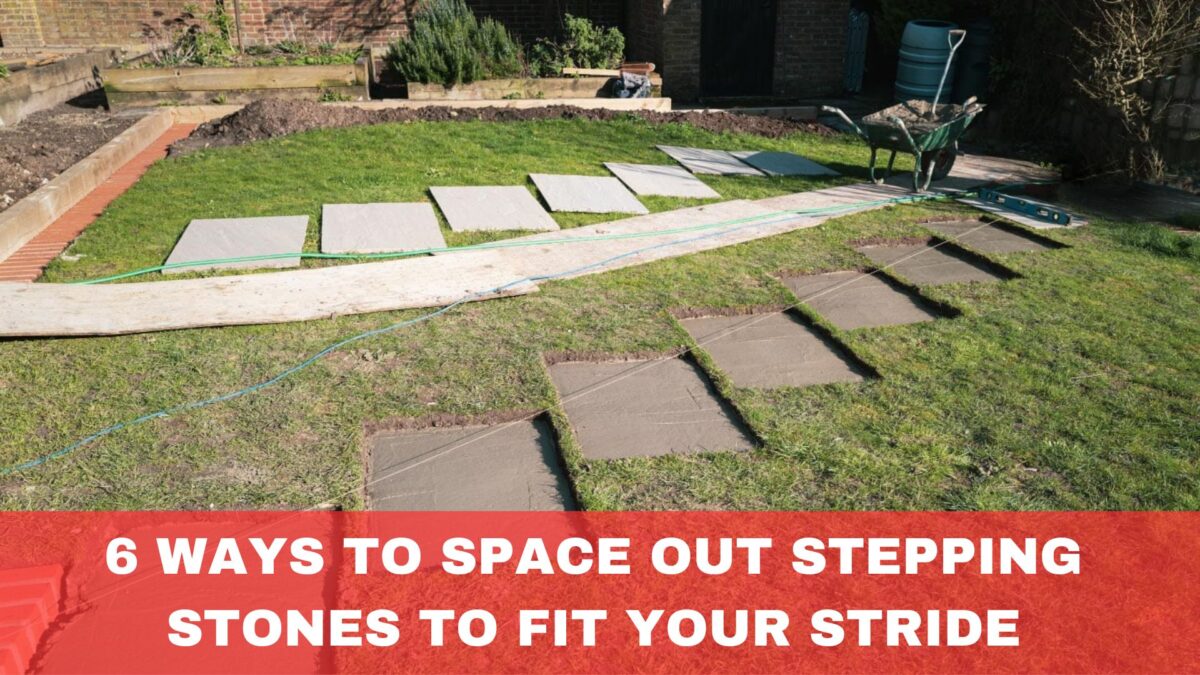6 Reasons Marble Pavers are Ideal for Pools, Patios & Driveways
Are you tired of dull, cracked surfaces that mar the beauty of your outdoor spaces? Whether it’s the weathered look of your patio or the lacklustre driveway, the struggle to maintain aesthetics is real.
Marble pavers offer a luxurious solution. Discover how these elegant stones enhance the charm of your poolside and bring durability and sophistication to your patios and driveways. Say goodbye to mundane surfaces and welcome the timeless allure of marble.
1. Durability
Marble, forged under immense pressure, boasts an inherent durability that makes it an exceptional choice for high-traffic areas like pools, patios, and driveways.
Its dense composition resists scratches, chips, and cracks, ensuring your surfaces remain pristine even with daily wear and tear.
Unlike other materials that may fade or deteriorate over time, marble’s colours remain vibrant, maintaining its luxurious appeal for years.
Whether it’s the weight of vehicles on your driveway or the constant footfall around your pool, marble pavers can withstand the heaviest loads without compromising on style. This resilience guarantees longevity and saves you the hassle and expense of frequent repairs or replacements.
Investing in marble pavers is a testament to quality. They provide a lasting foundation for outdoor spaces that can be enjoyed by generations to come.
2. Aesthetic Appeal
Marble pavers are renowned for their timeless aesthetic appeal, making them an exceptional choice for enhancing the visual allure of pools, patios, and driveways. The natural elegance of marble lies in its unique veining and colour variations, which create a luxurious and sophisticated appearance.
Each marble paver is distinct, with patterns that range from subtle to striking, offering endless possibilities for customisation. This natural variation means no two marble installations are identical, adding a unique character to your outdoor spaces.
The way marble interacts with light further enhances its aesthetic value. Its reflective surface can create a luminous effect, adding depth and dimension to your outdoor areas.
This quality is particularly effective around pools, where the water and marble work together to create a shimmering, tranquil environment. Moreover, marble pavers are available in various finishes, from polished to honed, allowing you to tailor the look to match your design vision.
Marble’s versatility extends across different architectural styles, seamlessly integrating modern and traditional designs. Whether your home features sleek, contemporary lines or classic, ornate details, marble pavers can enhance and complement the overall aesthetic.
Their natural beauty is also enduring, ensuring that your outdoor spaces remain elegant and attractive for years. Choosing marble pavers is not just about selecting a building material; it’s about investing in a timeless beauty that will elevate your property’s appeal and value.
3. Heat Resistance
One of the standout features of marble pavers is their excellent heat resistance, making them an ideal choice for outdoor areas like pools, patios, and driveways. Unlike many other natural stones, marble remains cool to the touch, even under the intense heat of the summer sun.
This natural ability to stay cool provides a comfortable barefoot surface around pool areas, reducing the risk of burns or discomfort, especially in high-temperature climates.
Marble’s heat resistance is due to its low thermal conductivity, which absorbs and retains less heat than other materials. This characteristic makes marble pavers more comfortable to walk on and helps keep the surrounding environment cooler, contributing to a more pleasant outdoor living experience.
Whether lounging by the pool, hosting a summer barbecue on your patio, or parking your car on the driveway, marble pavers ensure the surface remains cool and comfortable.
In addition to comfort, marble’s heat resistance also enhances its durability. By not retaining excessive heat, marble pavers are less likely to crack or suffer from heat-related damage, ensuring they remain in pristine condition for years to come. This makes marble pavers a smart investment for anyone who combines beauty with practicality in their outdoor spaces.
4. Versatility
Marble pavers are renowned for their versatility, ideal for pools, patios, and driveways. Their natural beauty and wide range of colours and patterns allow seamless integration into various design styles, from classic to contemporary.
This adaptability means you can create a cohesive look throughout your outdoor spaces, enhancing the overall aesthetic appeal.
Marble’s inherent strength and durability make it suitable for high-traffic areas like driveways, where it can withstand significant wear and tear. They also remain cool underfoot, providing comfort even on the hottest days.
Additionally, marble’s ability to be cut into various shapes and sizes means it can be customised to fit any layout or design vision. Whether you want intricate mosaic patterns or simple, clean lines, marble pavers can be tailored to meet your requirements.
5. Longevity
Marble pavers are an excellent choice for outdoor spaces due to their exceptional longevity. Known for their durability, marble pavers can withstand the elements, from intense sun and rain to frost and snow, without losing their structural integrity or aesthetic appeal.
This resilience makes them particularly suitable for high-traffic areas like driveways, where they can endure constant use and heavy loads without cracking or deteriorating.
One of the key attributes contributing to the longevity of marble pavers is their density and hardness. This natural stone is less porous than many other paving materials, reducing the likelihood of water infiltration and the associated risks of damage from freeze-thaw cycles. Additionally, marble’s resistance to abrasion maintains its smooth, elegant surface even after years of use.
Proper maintenance further enhances the lifespan of marble pavers. Regular sealing can protect the stone from staining and weathering, ensuring it retains its pristine appearance.
When properly cared for, marble pavers can last for decades, making them a cost-effective investment for homeowners seeking long-term solutions for their pools, patios, and driveways.
6. Investment Value
Marble pavers offer significant investment value, making them a smart choice for enhancing pools, patios, and driveways. One of the primary reasons for this is their timeless appeal and luxurious aesthetic. Marble’s natural beauty and elegance can elevate the look of any outdoor space, potentially increasing the property’s market value and curb appeal.
In addition to their aesthetic benefits, marble pavers are known for their durability and longevity. This means they require less frequent replacement than other materials, resulting in long-term cost savings.
While marble pavers may cost more initially, their extended lifespan and minimal maintenance make them a cost-effective investment.
Marble’s versatility also contributes to its investment value. Its ability to complement various architectural styles ensures it remains desirable, regardless of changing trends. This adaptability can make your property more attractive to potential buyers should you sell.
Moreover, well-maintained marble pavers can retain their pristine appearance for decades, preserving the value of your investment.
Conclusion
Marble pavers offer unmatched elegance, durability, and comfort, making them the perfect choice for outdoor spaces. Whether you’re designing a poolside haven, a stylish patio, or a grand driveway, marble delivers both beauty and functionality. Ready to elevate your outdoor living? Contact Splendour In Stone today to explore our exquisite marble paver collection.

